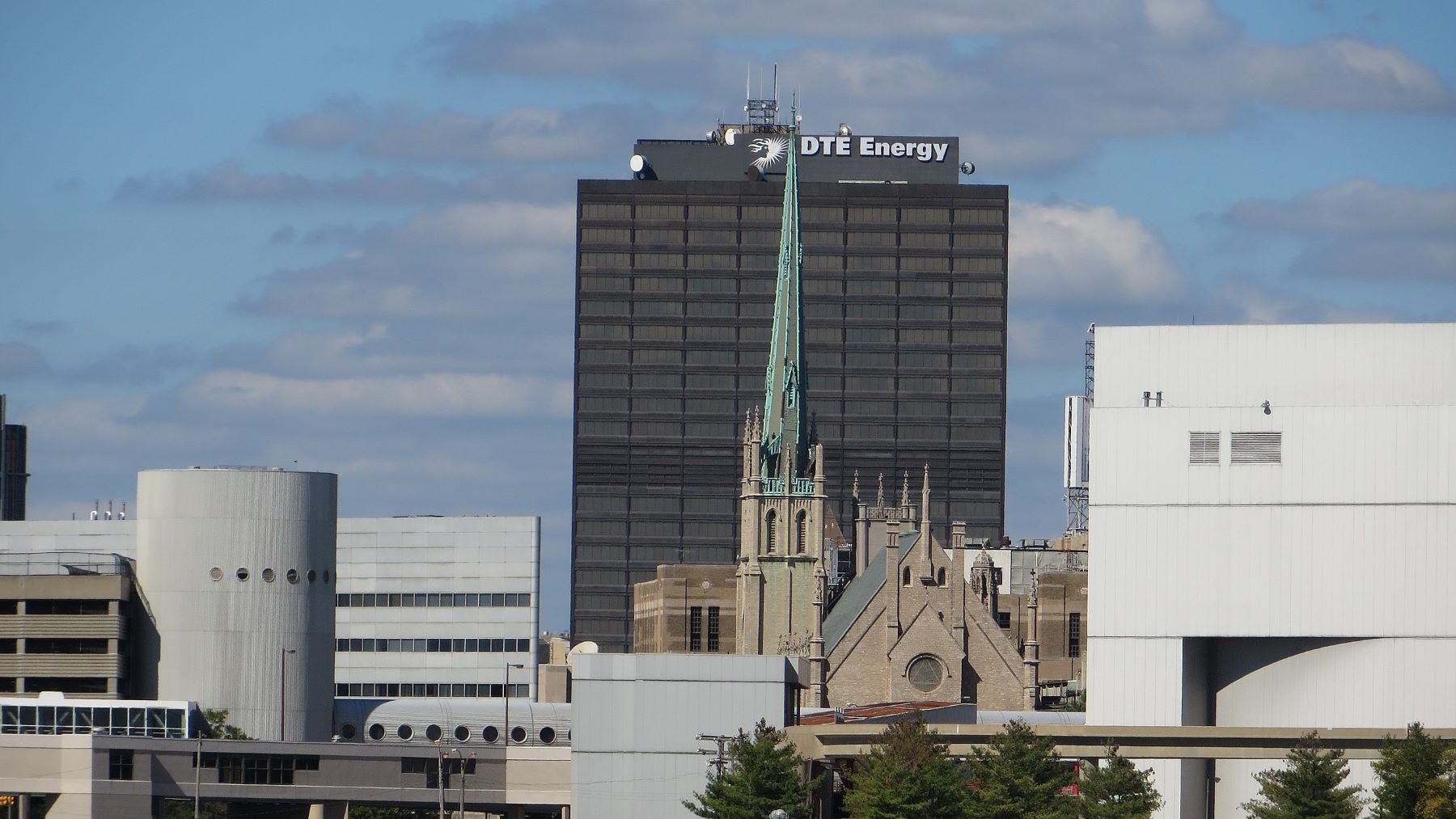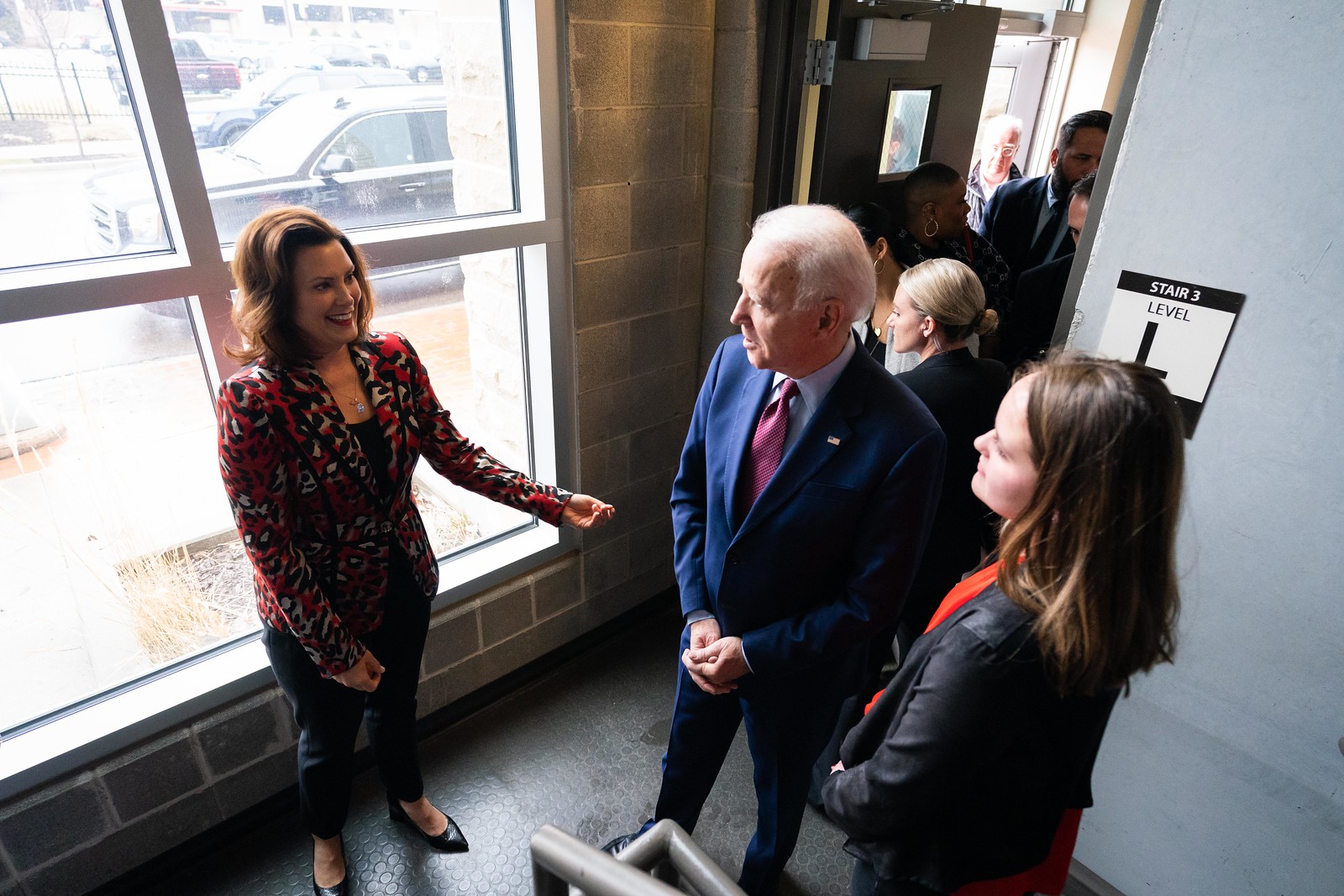Similarly ambitious climate and clean energy policies in other states are already saving residents on energy costs, showing the promise of improving grid reliability, and driving innovation and historic investment in clean industry and manufacturing jobs.
Thanks to the Biden administration’s investment in climate and clean energy solutions, states can and must accelerate their clean energy commitments. Combined, the Inflation Reduction Act (IRA) and Investment in Infrastructure and Jobs Act (IIJA) enable states to build better power grids and transition their energy mixes to cleaner, reliable sources like wind and solar at significantly lower costs.
Michigan can take advantage of key streams of funding to do this critical work:
- Clean Energy Tax Credits: With renewed financial incentives to build and produce clean energy, Michigan's utility companies can build new solar, wind, and storage projects at a much lower cost. Robust investment by the public and private sector in clean energy will diversify the energy mix to make it more reliable, pollution reduction, improved energy efficiency and savings, workforce development, and allowing for disadvantaged communities to access or benefit from clean energy more easily than before.
- Grid Resilience and Innovation Partnership (GRIP) Program: This $5 billion pot from the IIJA provides the Michigan state government financial assistance to partner with Tribes, towns and cities, and the MPSC to collaborate with energy providers, like DTE Energy and Consumers Energy, to deploy projects that improve grid infrastructure and transmission of clean energy.
- Climate Pollution Reduction Grants (CPRG) Program: Michigan was just awarded $3 million from this program in the IRA to develop a Priority Climate Action Plan. This funding, and the upcoming competition for Implementation Grants to fund components of state plans, is a historic opportunity to write an implementation plan for Governor Whitmer’s power sector goals, which includes transitioning to 100 percent clean energy, improving power reliability, and increasing energy storage, which will improve ability to keep the power on when the grid most needs it.
- Greenhouse Gas Reduction Fund: The IRA’s largest discretionary grant program will unlock billions of dollars in financing for clean energy solutions via “green banks” and provide grants and financing to build rooftop, community and local solar projects in disadvantaged communities. If Michigan institutions receive these awards, it will help lower energy costs in places where people pay the biggest percent of their income on energy costs despite experiencing the most power outages.
The time for action in Michigan is now
Michigan has an opportune moment to improve its power sector for the better. With unprecedented federal funding, a motivated state legislature, a Governor focused on strong clean energy and climate action, and the power of a strong environmental justice and climate coalition, the time is now to advance the Clean Energy Future Plan.
Michigan can aggressively cut pollution from the most polluting sector of its economy, while improving public health and cleaning up communities by slashing air pollution. It can save its residents money on energy costs, especially for communities that need it the most. Even more, the state can improve its energy reliability to help keep the power on in the face of extreme weather events.
It will take a movement of people motivated to push Michigan leaders to pass this legislation, take advantage of clean energy funding and grants, and invest in historically marginalized communities. This is a chance to undo decades of resistance and neglect when it comes to upgrading and improving the state’s power sector.
Michigan's utility companies must move past their history of roadblocking and instead embrace the state's potential for growth and innovation. Analysis shows that achieving Michigan's climate and clean energy goals will create tens of thousands of jobs, significantly lower costs, and save lives. The state's next moves—focused on strong action to revamp its power sector—could help accelerate Michigan’s comeback story for years to come.






